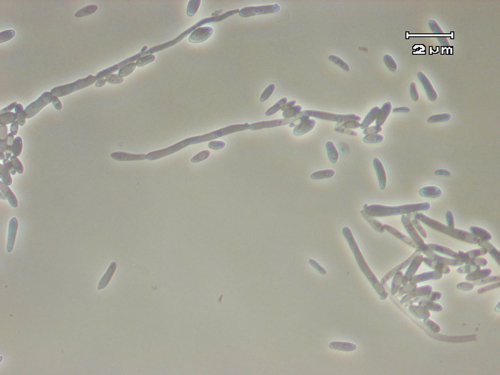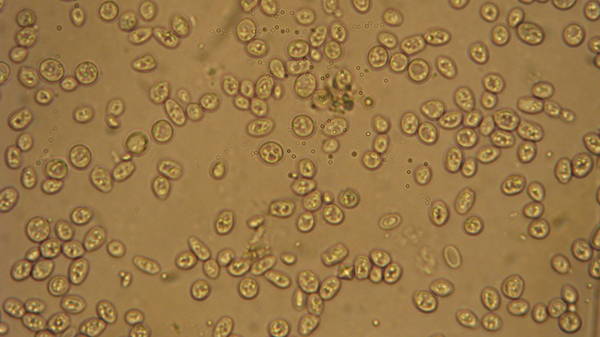noisecontrol
Member
Hey guys, I was building up a culture of WLP001 from a plate and it looks rather funky. Can anybody identify the long ones that are chained together?
I decided not to pitch this in anything as it looked pretty nasty under the scope.
In the second picture there is a little ball of stringy things, I though this may be trub or bacteria. Any help is welcomed.


I decided not to pitch this in anything as it looked pretty nasty under the scope.
In the second picture there is a little ball of stringy things, I though this may be trub or bacteria. Any help is welcomed.










